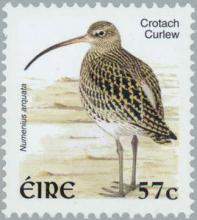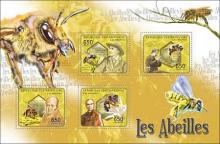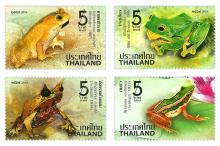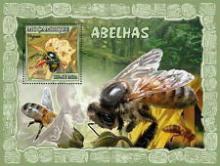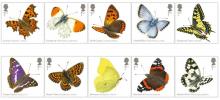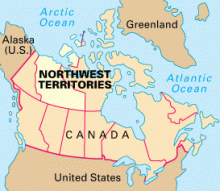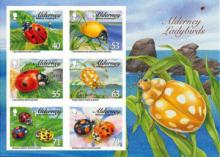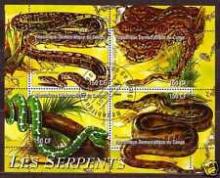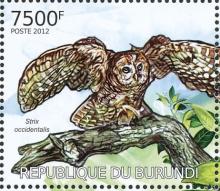The latest official statistics for Scotland’s terrestrial birds show significant declines for upland birds
The Index of Abundance for Scottish Terrestrial Breeding Birds, published today by Scottish Natural Heritage (SNH), shows that the long-term trend (1994-2014) for upland birds is a continuing decline, down by 19% since 1994. Curlew (Numenius arquata) is one of the upland species that has shown the greatest decline (-49%) and is now considered to be the UK’s highest conservation priority. Black Grouse (Tetrao tetrix) have also declined, by 47%. The Dotterel (Charadrius morinellus) is a wading bird which breeds at high altitude in the Scottish uplands and has also shown alarming declines, falling by 60% between 1994 and 2014. The Farmland Bird Indicator in Scotland shows mixed fortunes. Species such as Goldfinch, Corncrake, Common Whitethroat and Reed Bunting are all doing well but Kestrel (-77%) and Lapwing (-58%) have fared less well, the former showing the greatest decline of any index species since 1994. Agricultural intensification and predation are likely to be the main drivers of Lapwing decline.

